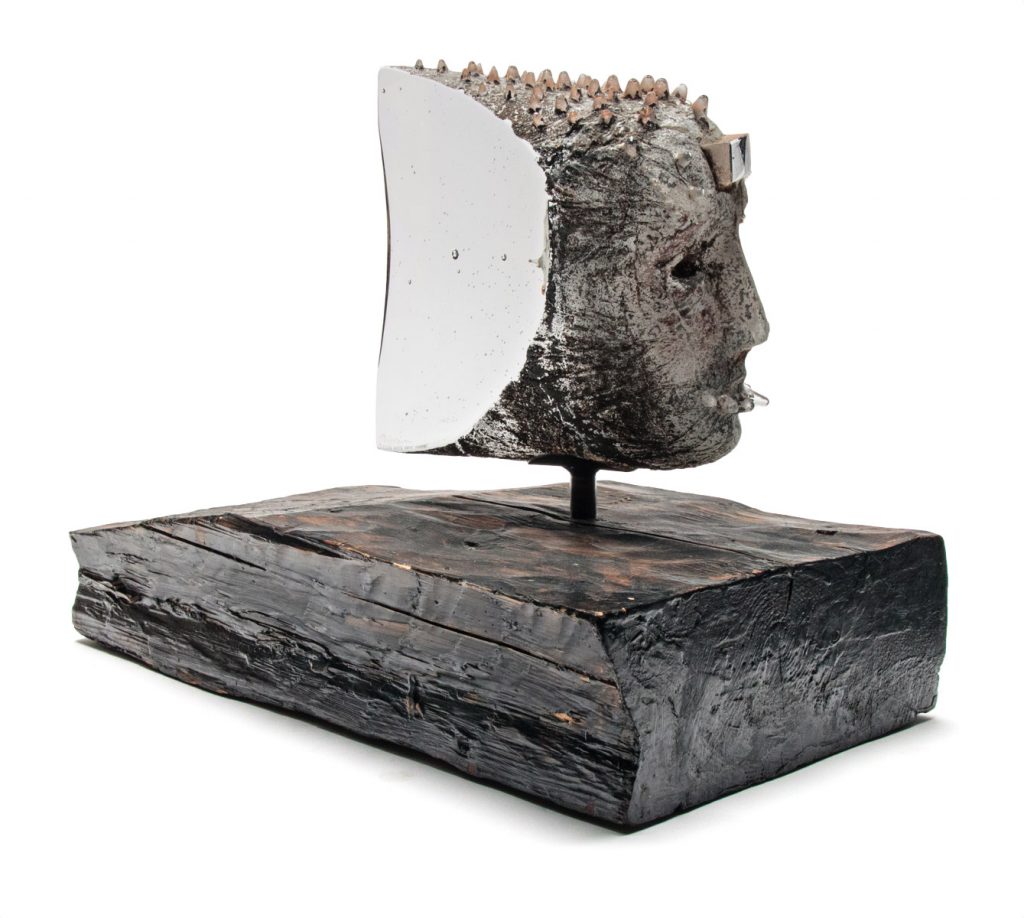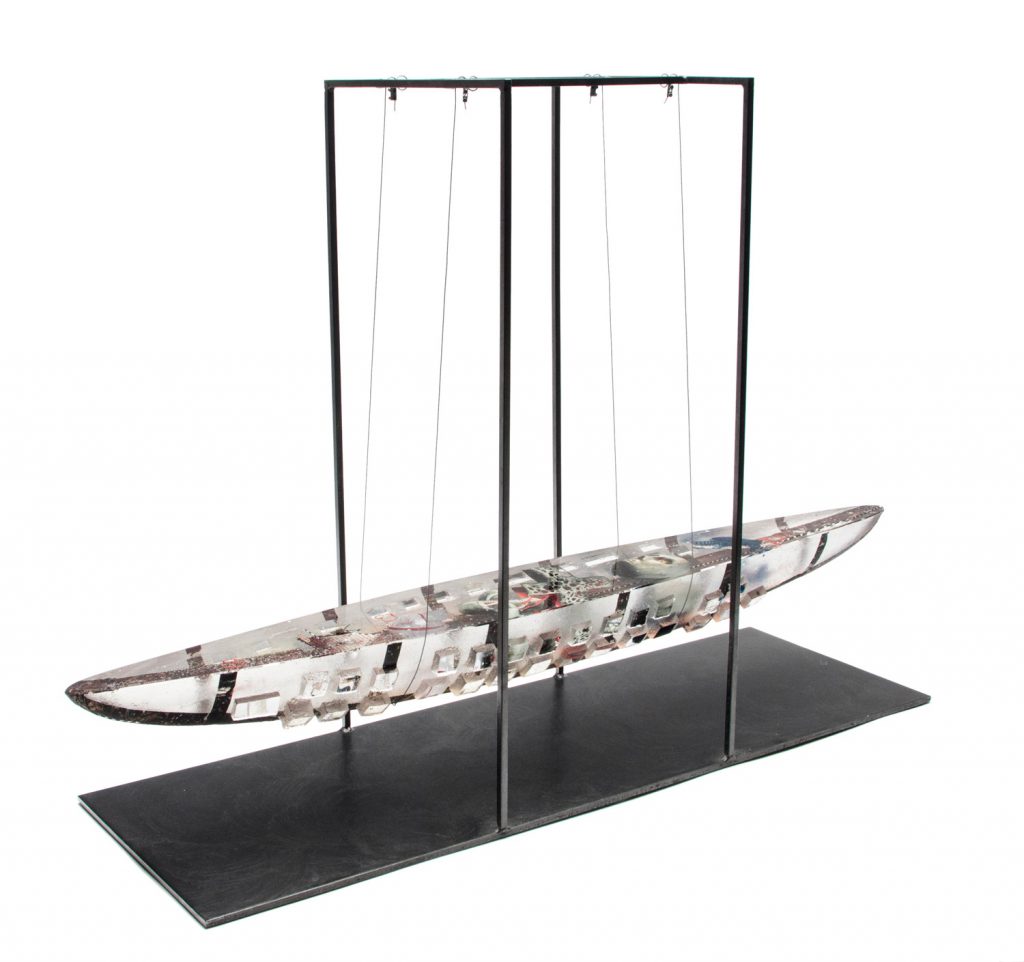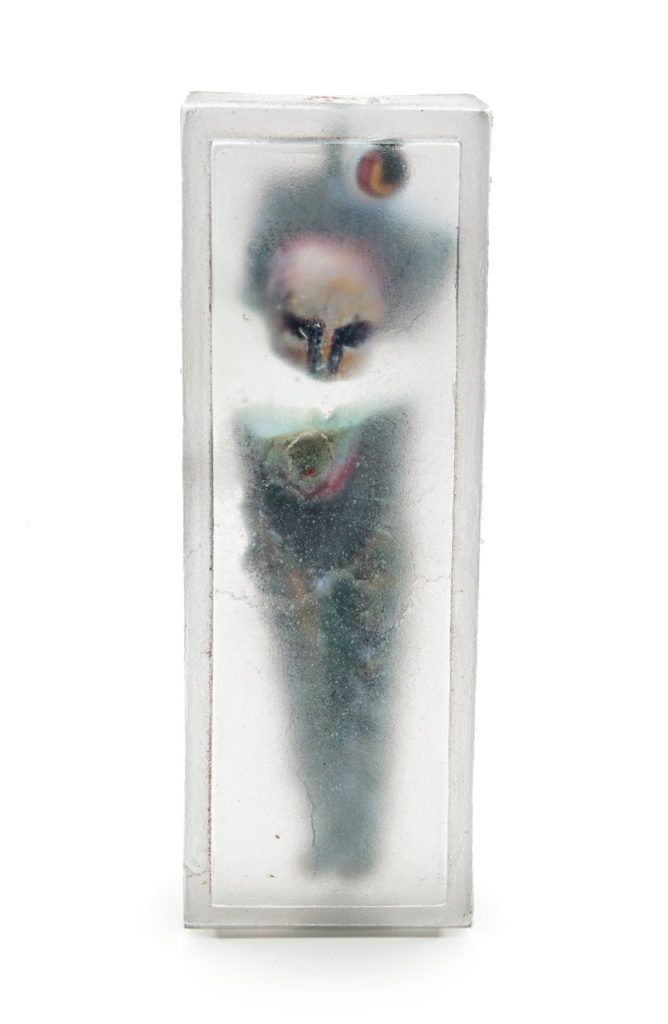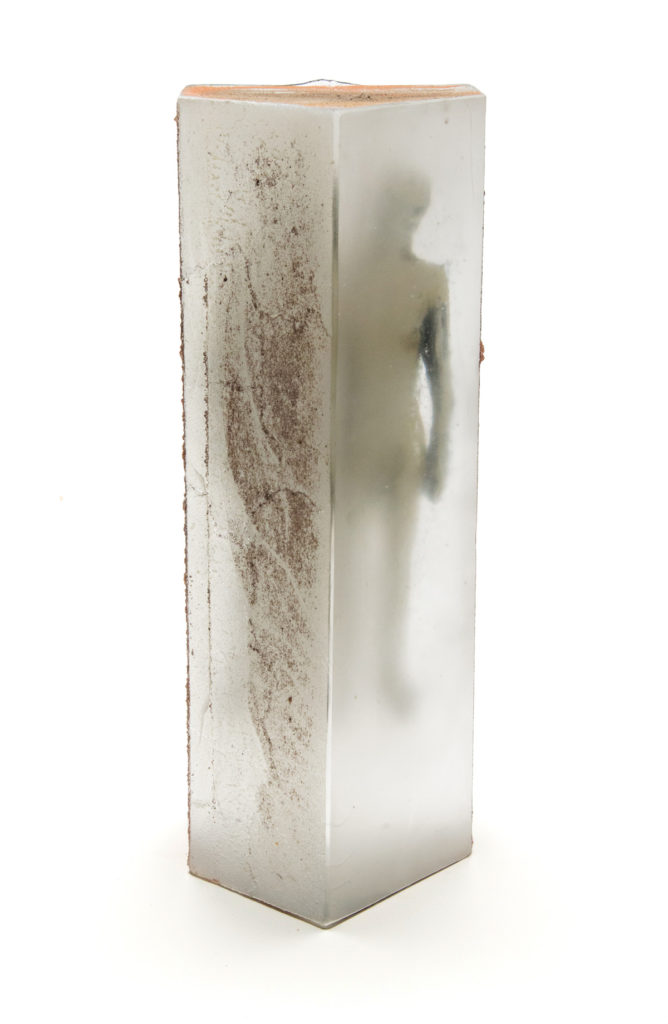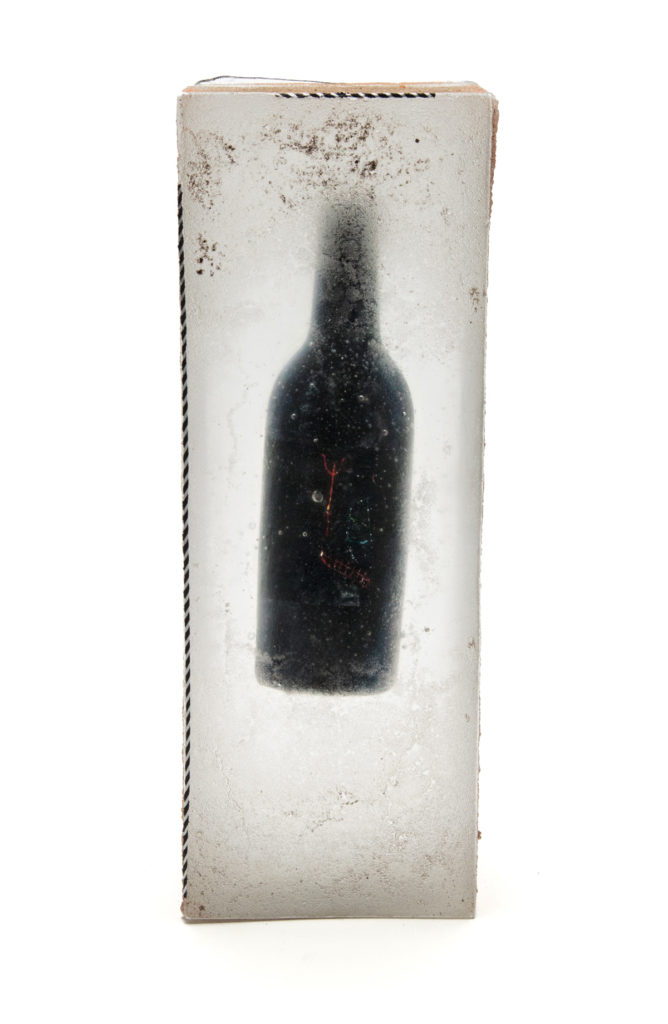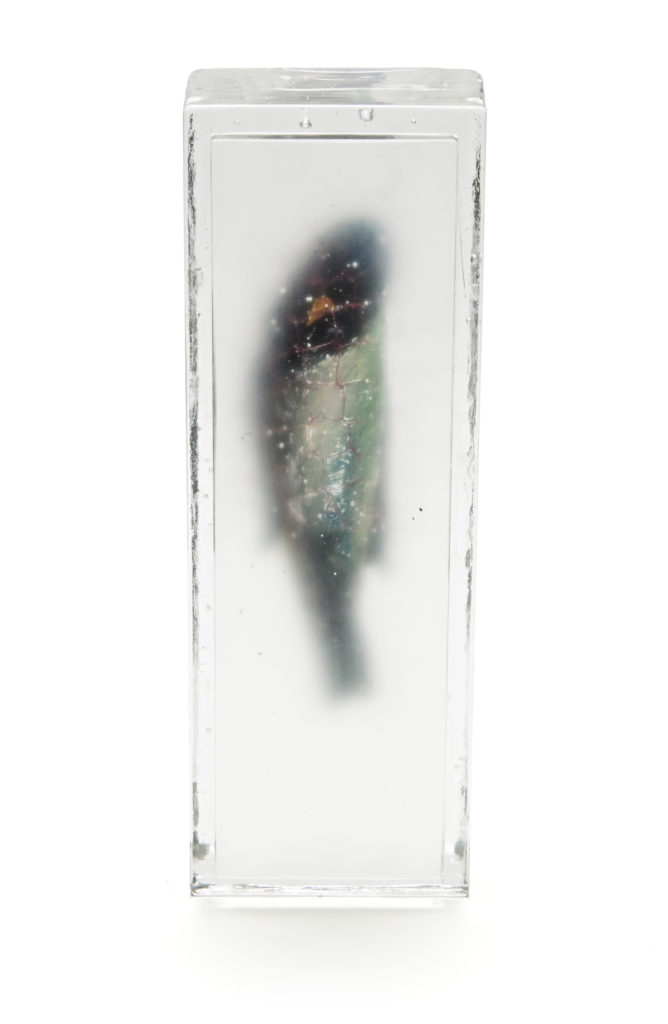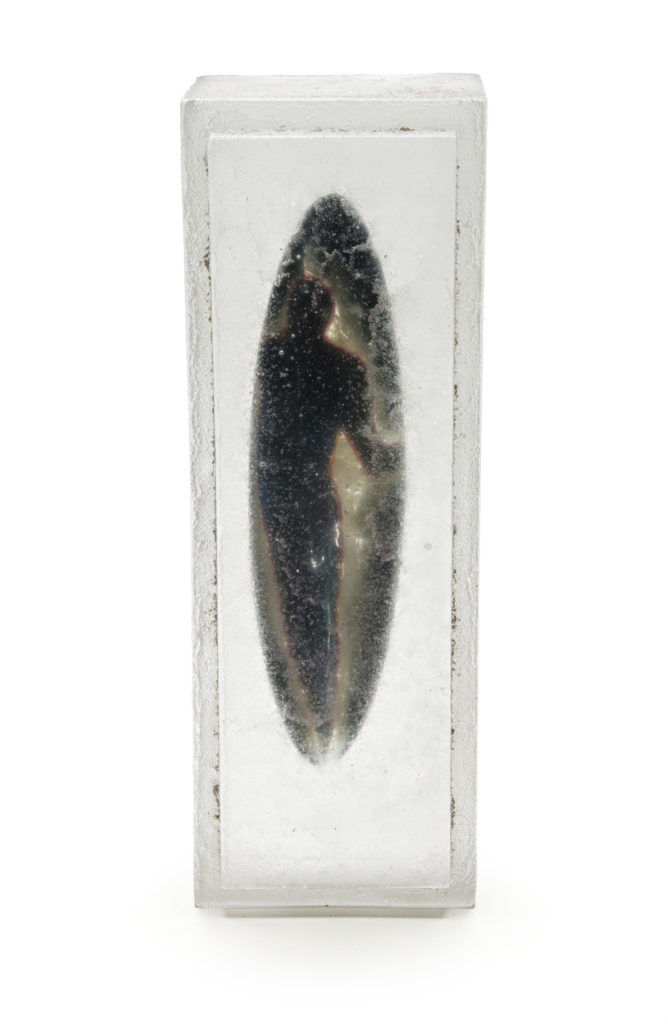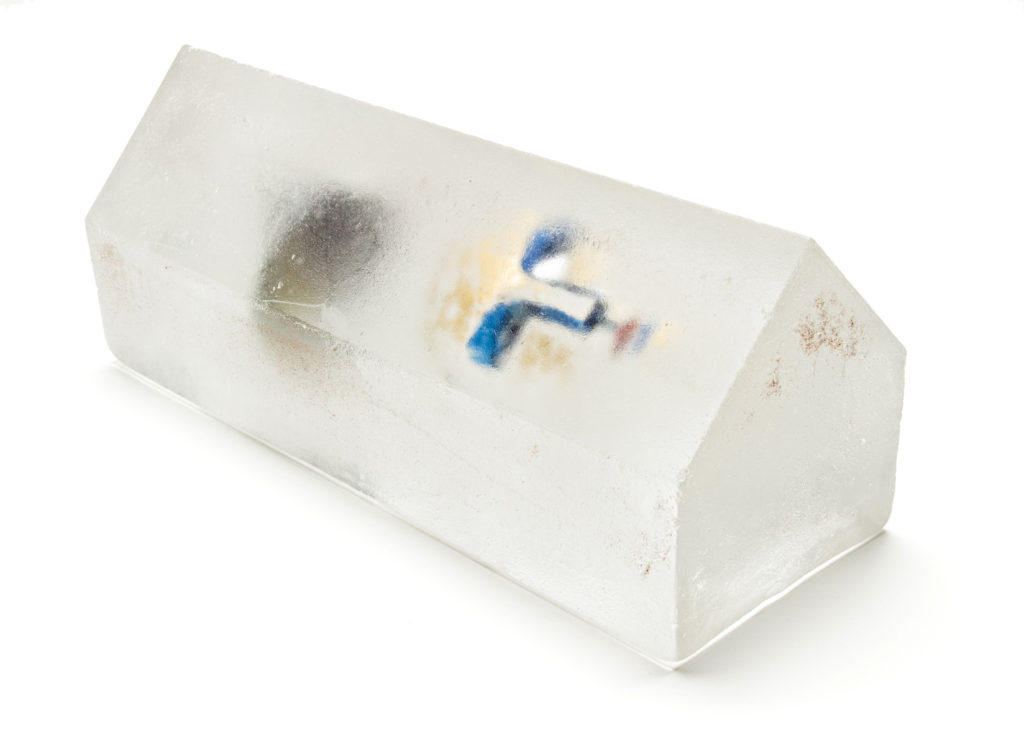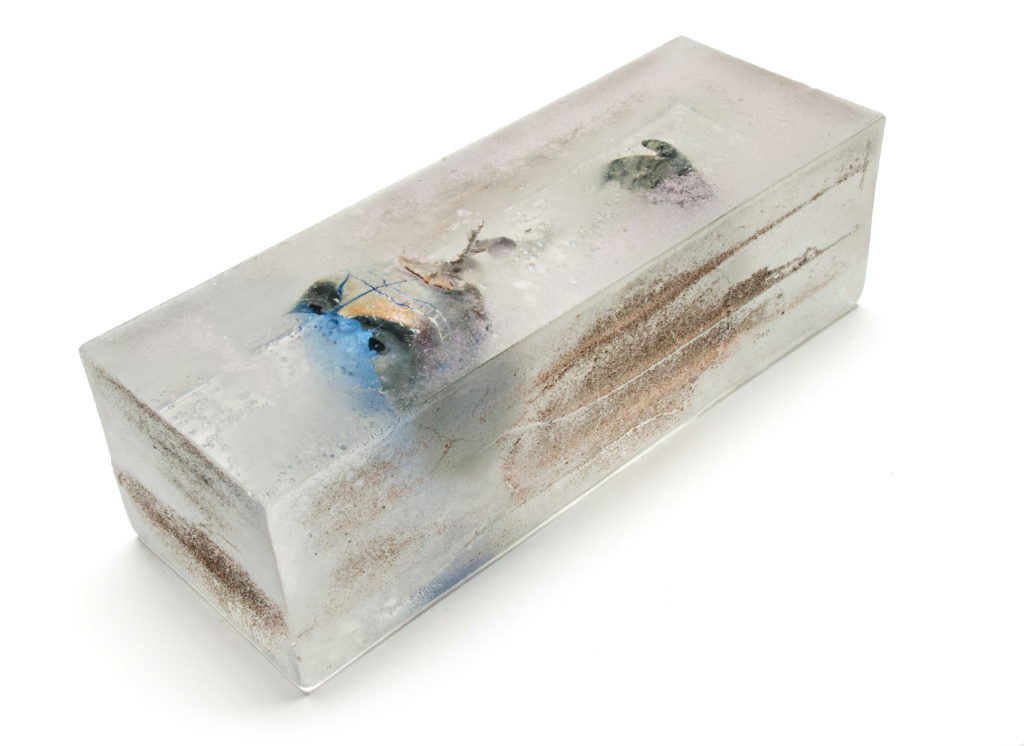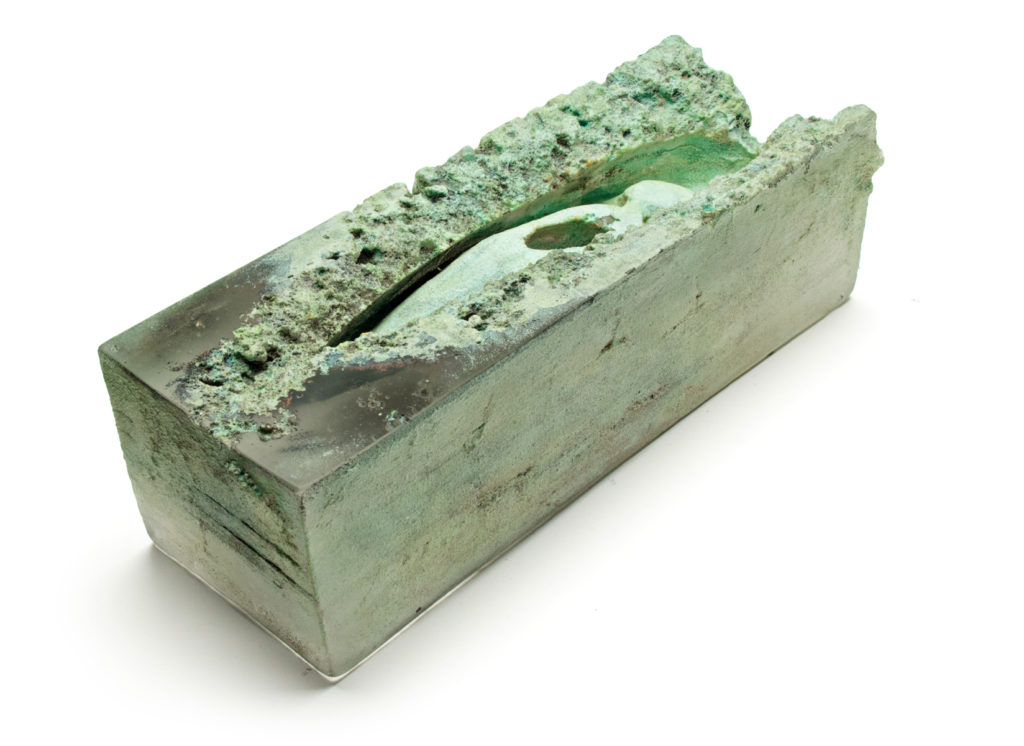Bertil Vallien
About
Bertil Vallien
Swedish glass master Bertil Vallien was born in 1938 in a suburb north of Stockholm, where he felt the inclination to be an artist from a very early age. He studied ceramics at the Konstfack School of Arts, Crafts, and Design in Stockholm, then spent two years at the School for Advanced Industrial Design. At Konstfack, he graduated at the top of his class and was awarded a Royal Foundation grant. His love of ceramics took him the Los Angeles for a position with HAL Fromholt Ceramics, and soon he was meeting artists, critics, and gallery owners, attending events at California universities, and exhibiting his ceramics. In 1963, he was invited back to Sweden by the C.H. Åfors glass-factory, where he contributed to a successful reorganization of the company and designed many of their most well-known lines.
Vallien’s introduction to glass offered artistic opportunities that were lacking in ceramics, and blowing glass became central to his work. He has described it as: “ladling matter out of a volcano and watching the glowing lava turn into ice. Knowing the exact moment at which to capture a shift of light or expression and wrench the secret from the glass is what it’s all about.” Vallien combines his creative and industrial training as the foremost artist working in sand-casted glass, an innovative approach to this very classical medium. His work has a symbolic and mystical narrative, in which the human head, boats, maps, stars, crosses, bridges, pyramids, and rings play recurring roles. Sometimes the light-absorbing glass is transparent like a membrane that allows vision into the spaces within. At other times it is translucent to represent how our understanding can at times be clouded. Each Vallien piece tells a unique story.
As Sweden’s most innovative and well-known contemporary glass artist, Vallien has exhibited around the world from California to Israel. His work is in numerous public collections, including: The State Hermitage Museum (St. Petersburg, Russia); the National Museum (Stockholm, Sweden); the Victoria and Albert Museum (London, England); the Art Institute of Chicago (IL); the National Museum of Modern Art (Kyoto, Japan); the Metropolitan Museum of Art (New York, NY); the Powerhouse Museum (Sydney, Australia); and the Museum of Fine Arts (Boston, MA). He has received numerous awards, including Prince Eugen’s medal for Outstanding Achievement in the Arts (1995); an Honorary Doctorate from the University of Vaxjö (2002); the Gold Medal from the Royal Academy of Science, Stockholm (2005); and the Libenski Award, Seattle (2008).
